Distinguishing between various virus symptoms is difficult in blueberries. Diagnoses must be validated with a lab test, and these often yield false negatives. In general, viruses are suspected if the planting is old, and if other causes of leaf deformation or leaf discoloration are ruled out.
Some common viruses include:
- Blueberry Shock Virus
- Blueberry Scorch Virus
- Tobacco Ringspot Virus
- Tomato Ringspot Virus
- Blueberry Leaf Mottle Virus
- Blueberry Shoestring Virus
- Red Ringspot Virus
Blueberry Shock Virus

More information on blueberry shock virus (A. Schilder, MSU)
Blueberry Scorch Virus
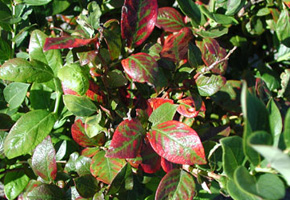
More information on blueberry scorch virus
Tobacco Ringspot Virus
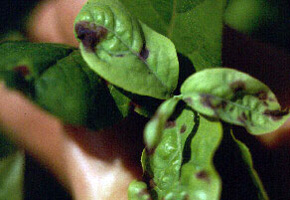
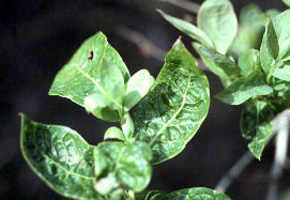
More information on tobacco ringspot (necrotic ringspot) virus
Tomato Ringspot Virus
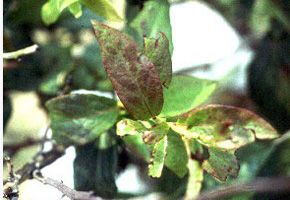

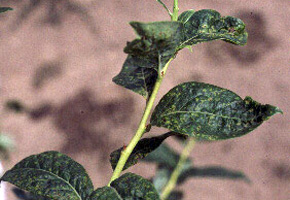
More information on tomato ringspot virus
Blueberry Leaf Mottle Virus
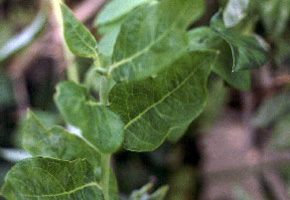
More blueberry leaf mottle virus information
Blueberry Shoestring Virus
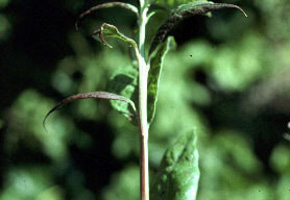
More blueberry shoestring virus information
Red Ringspot Virus

More information on blueberry viruses:
- Virus and Virus-like Diseases in Blueberry (Michigan State)
Virus diseases are both difficult to identify and control. The best control strategies for blueberry viruses are preventative:
- Use only virus-tested planting stock.
- Monitor and control virus insect vectors such as aphids and leaf hoppers to limit disease introduction and spread.
- Identify and remove infected plants.
Use these resources if you need additional help with diagnosis and to find solutions to your problem.


